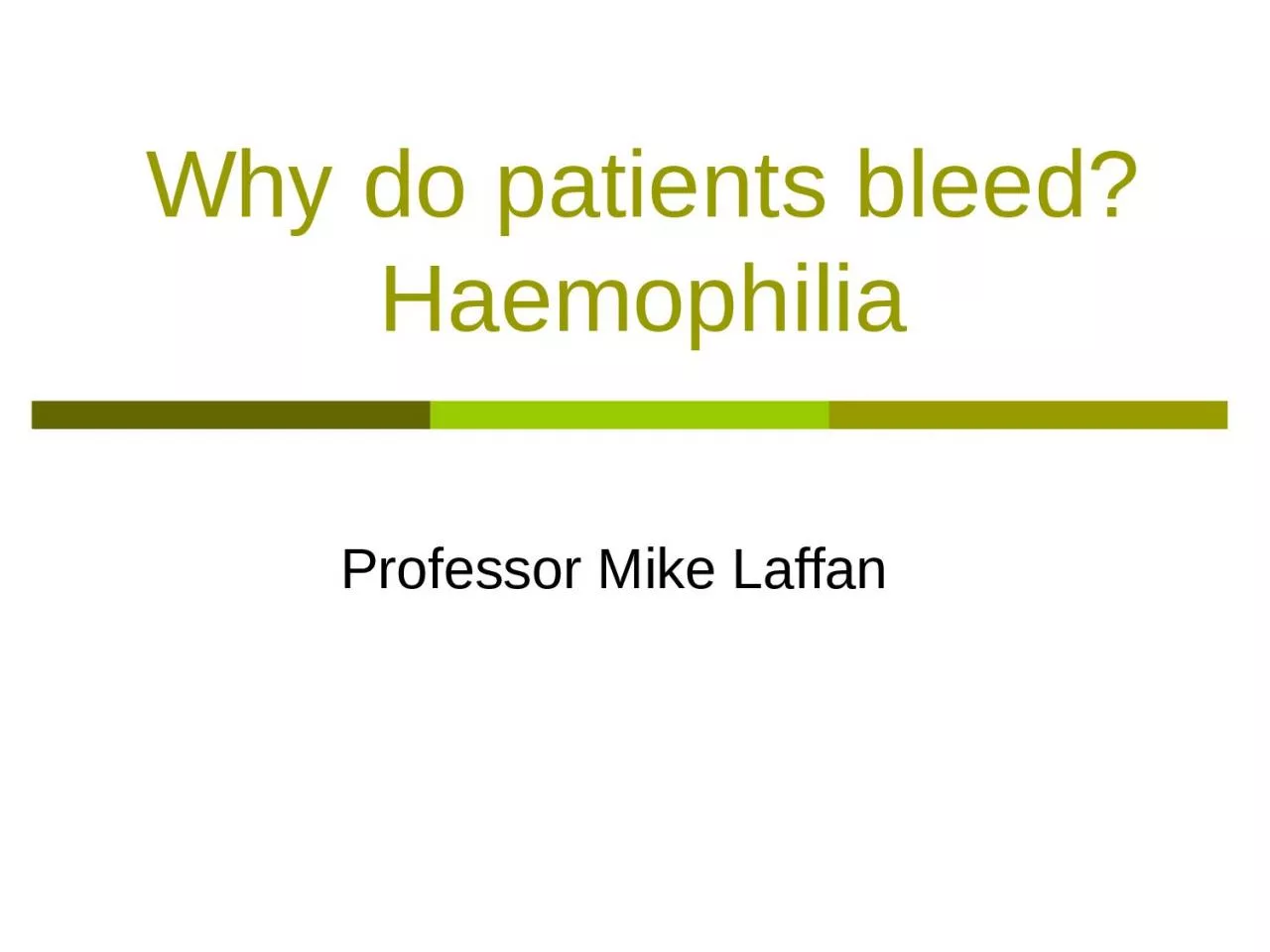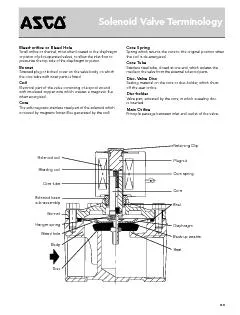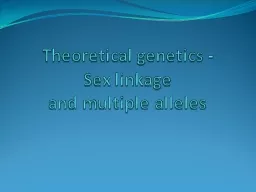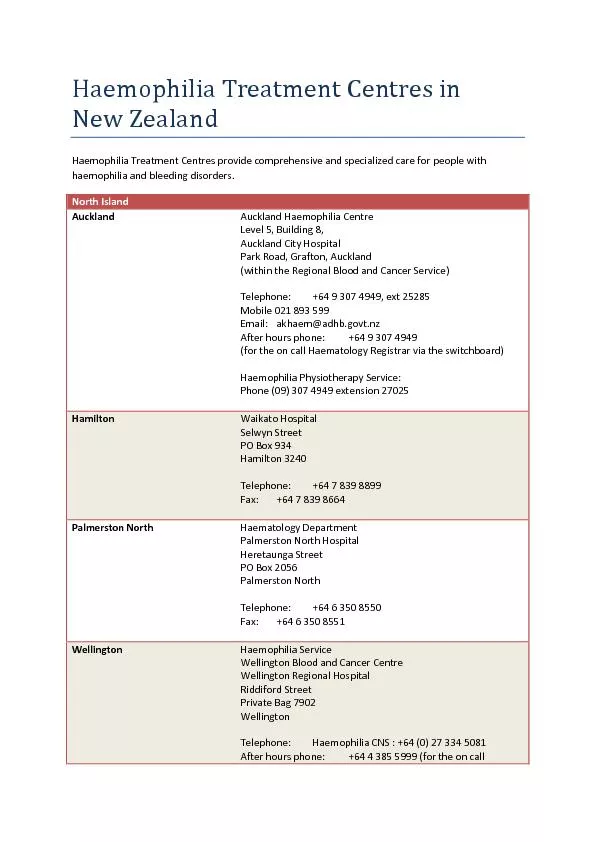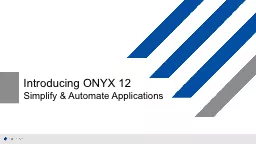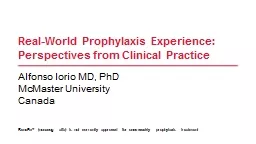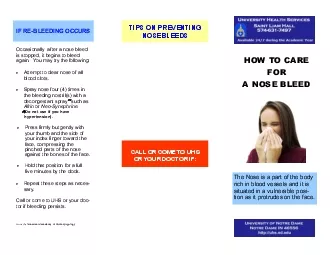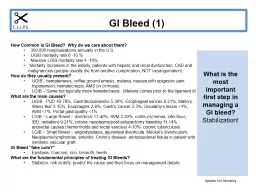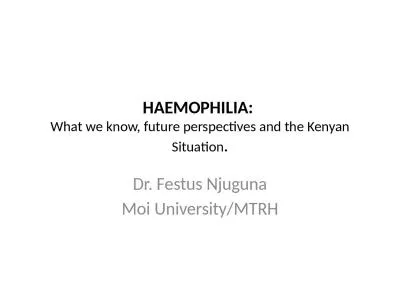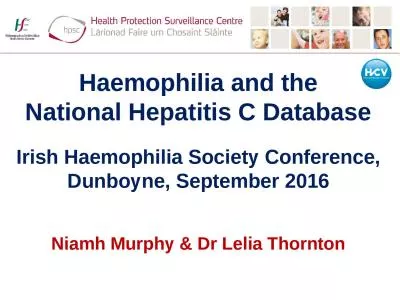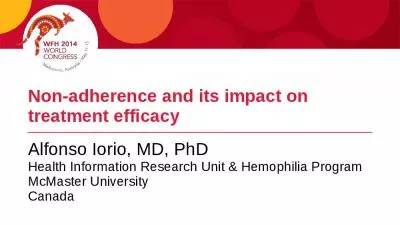PPT-Why do patients bleed? Haemophilia
Author : anderson | Published Date : 2024-03-13
Professor Mike Laffan What can go wrong with haemostasis Haemostatic Plug Formation An Overview Vessel constriction Formation of an unstable platelet plug platelet
Presentation Embed Code
Download Presentation
Download Presentation The PPT/PDF document "Why do patients bleed? Haemophilia" is the property of its rightful owner. Permission is granted to download and print the materials on this website for personal, non-commercial use only, and to display it on your personal computer provided you do not modify the materials and that you retain all copyright notices contained in the materials. By downloading content from our website, you accept the terms of this agreement.
Why do patients bleed? Haemophilia: Transcript
Download Rules Of Document
"Why do patients bleed? Haemophilia"The content belongs to its owner. You may download and print it for personal use, without modification, and keep all copyright notices. By downloading, you agree to these terms.
Related Documents

